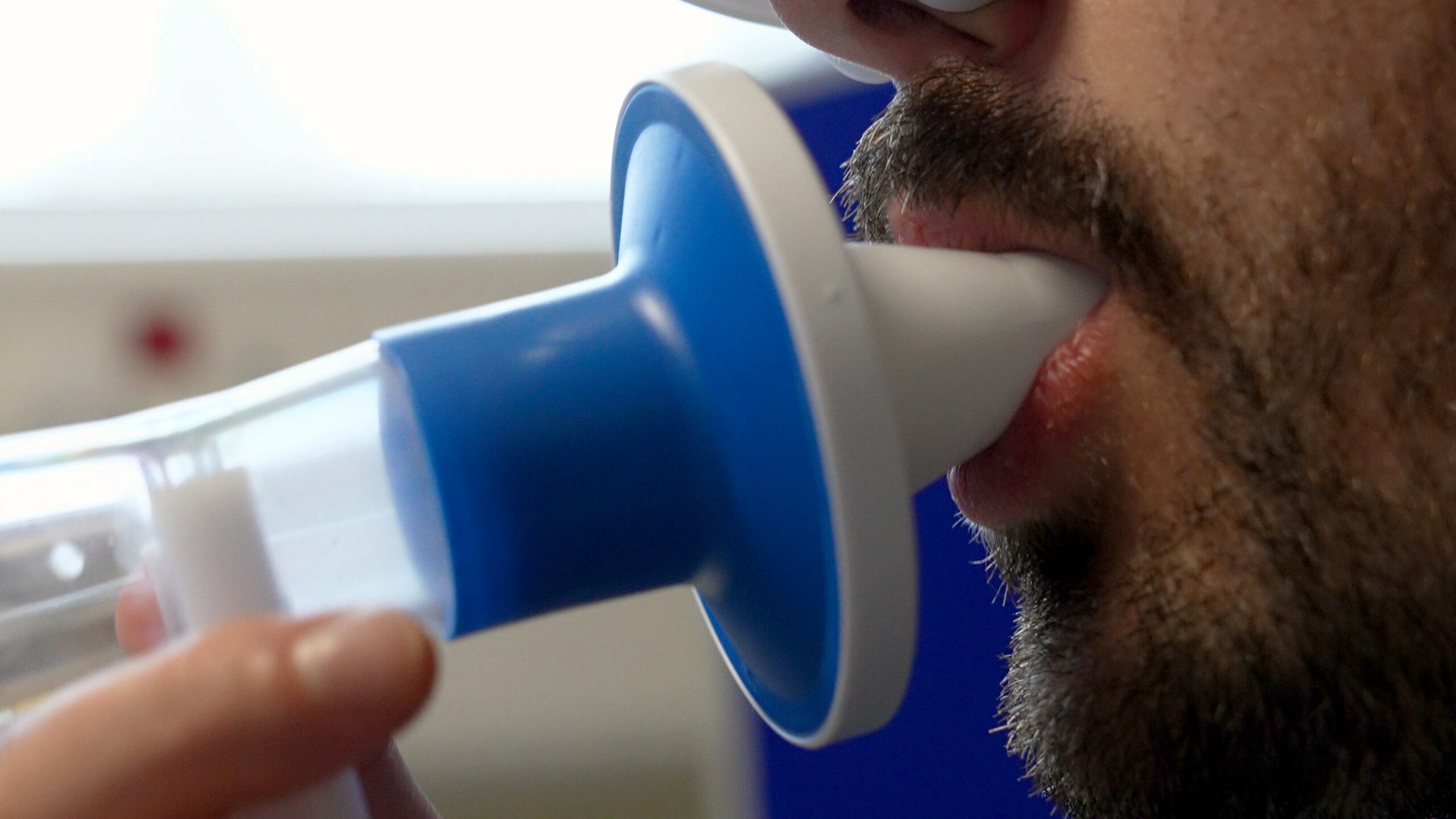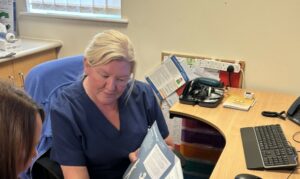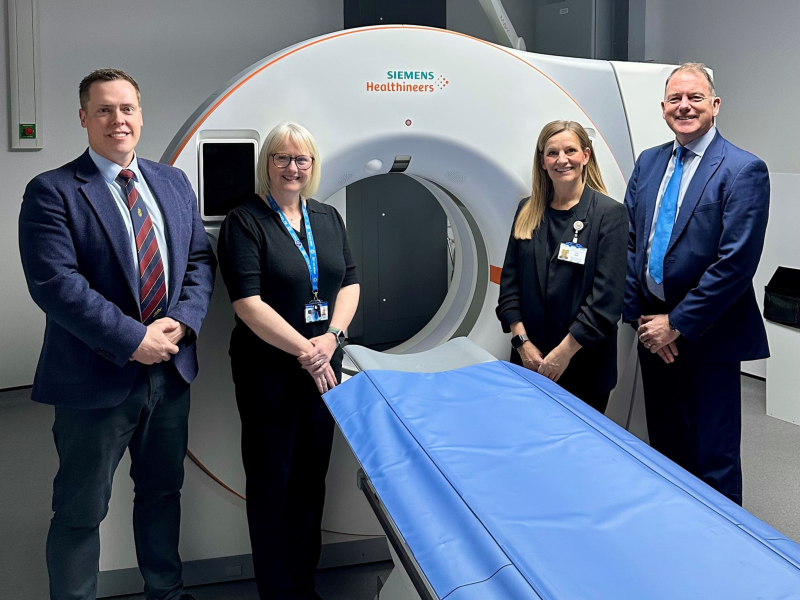Frailty: A silent crisis

The time for a coordinated, pathway-driven response to frailty is now, writes Dr Jon Tose, GP at Northern Moor Medical Practice and Clinical Lead at HealthPathways UK.
The UK is facing a crisis that’s growing silently, relentlessly – and dangerously: frailty. It’s not a dramatic headline-grabber. It doesn’t spark protests or fill news cycles. But frailty, particularly among older adults, is quietly becoming one of the most serious threats to the long-term survival of the NHS.
Unless we act now with a coordinated, system-wide response, frailty could push our healthcare system to the brink – and cost billions in avoidable care.
The numbers are alarming – and getting worse
Right now, around one in 10 people over 65 and more than half of those over 85 in the UK are living with frailty, according to the British Geriatrics Society. And with the UK’s ageing population growing fast, the Office for National Statistics predicts that over a quarter of the UK will be over 65 by 2043. These figures are just the beginning.
Without urgent action, the number of people with moderate to severe frailty could double in the next 20 years. That means more falls, more hospital admissions, longer hospital stays, more care needs – and massive strain on already stretched NHS services.
Frailty isn’t just a health problem. It’s an economic one
The cost of ignoring frailty is staggering. Older adults living with frailty are far more likely to end up in A&E, often after a fall, infection, or medication issue. But, critically, NHS England estimates that up to 40 per cent of these emergency admissions are preventable.
Those admissions come with a price tag. One study estimated that frailty-related hospitalisations cost the NHS around £5.8 billion a year, and that figure is climbing (Gale et al., 2020). If we don’t shift from reactive, crisis-driven care to a proactive, preventative model, we’ll be pouring money into a system that can’t keep up.
The system is buckling
Right now, the NHS treats frailty like it does many complex health issues – after the crisis hits. We wait until someone falls, gets acutely ill, or becomes too weak to cope at home. Then we send them to hospital, treat the immediate issue, and discharge them – often without enough support.
This model isn’t just inefficient – it’s harmful. Hospital stays can actually worsen frailty, especially for older adults. Even a few days in bed can lead to permanent declines in mobility and independence. And when discharged into poorly coordinated community or social care, many bounce right back into hospital.
This revolving door is exhausting staff, draining resources, and failing patients. We have to do better.
We have the tools. We just need to use them
There is a solution, and it’s not theoretical. It’s already working in parts of the country. It’s called a frailty care pathway – a structured, evidence-based approach that identifies and manages frailty before it becomes a crisis.
Frailty pathways typically include:
- Early identification using tools like the electronic Frailty Index (eFI).
- A Comprehensive Geriatric Assessment (CGA) that looks at medical, psychological, and social needs.
- A personalised, multidisciplinary care plan.
- Regular review and monitoring to prevent deterioration.
- A ‘map’ of the services that can promote ageing well and those that can step in if the patient deteriorates.
When implemented effectively, these care pathways don’t just improve outcomes – they save money. A Cochrane review by Ellis et al. (2017) found that proactive, structured geriatric care reduced hospital admissions and improved quality of life. It’s simple – the earlier we intervene, the more we prevent.
Policy is starting to catch up – but it’s not fast enough
There’s been some good news. NHS England’s Long Term Plan includes a strong focus on ageing well, frailty, and anticipatory care. Initiatives like Urgent Community Response (UCR) and the Enhanced Health in Care Homes (EHCH) model are helping local teams manage frailty without sending patients to hospital.
Primary Care Networks (PCNs) are now expected to identify patients with moderate and severe frailty and provide proactive care. That’s a great step. But implementation is patchy, and many clinicians still lack training, tools, or time to deliver it well.
As the British Geriatrics Society puts it – we can’t afford for these care pathways to remain optional or unevenly applied. This needs to become the national standard.
What’s holding us back?
Despite the evidence and policy momentum, uptake of frailty pathways has been inconsistent. Why?
- Workforce capacity is stretched thin.
- Many GPs and community teams lack specialised training in frailty management.
- The Voluntary, Community and Social Enterprise (VCSE) sector is not used to its maximum.
- Managing frailty is multidisciplinary and navigating the system is challenging for patients and those who support them.
- IT systems don’t talk to each other, making coordination across services difficult.
However, these are solvable problems. What’s really missing is urgency. We need to treat frailty like the system-wide emergency it is.
What needs to happen now
If we want to avoid a full-blown crisis in the next decade, we must:
- Make frailty identification and pathway implementation mandatory across the NHS.
- Invest in workforce training so GPs, nurses, paramedics, and allied health professionals can deliver proactive care.
- Integrate digital systems to allow seamless sharing of care plans and patient status.
- Fund community, VCSE, and social care services that are critical to keeping people out of hospital.
- Track outcomes and iterate – because good care pathways evolve as needs change.
This is a ticking time bomb – there is no second chance
Frailty doesn’t come with sirens. It doesn’t flood wards overnight. It builds slowly and quietly until the weight becomes unmanageable. But make no mistake – the frailty crisis is already here, and the NHS is on the edge of being overwhelmed.
We already have the knowledge, evidence, and tools to address this. We just need to act.
Because when it comes to frailty, doing nothing is the most expensive option of all – for the system, for society, and for the people we serve.










